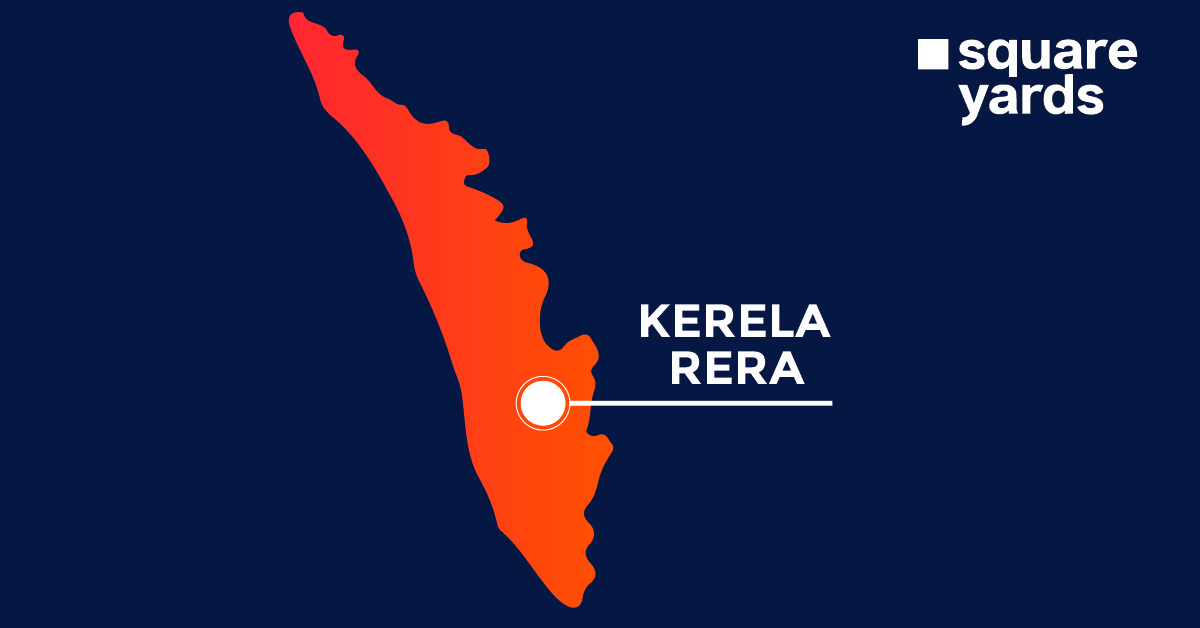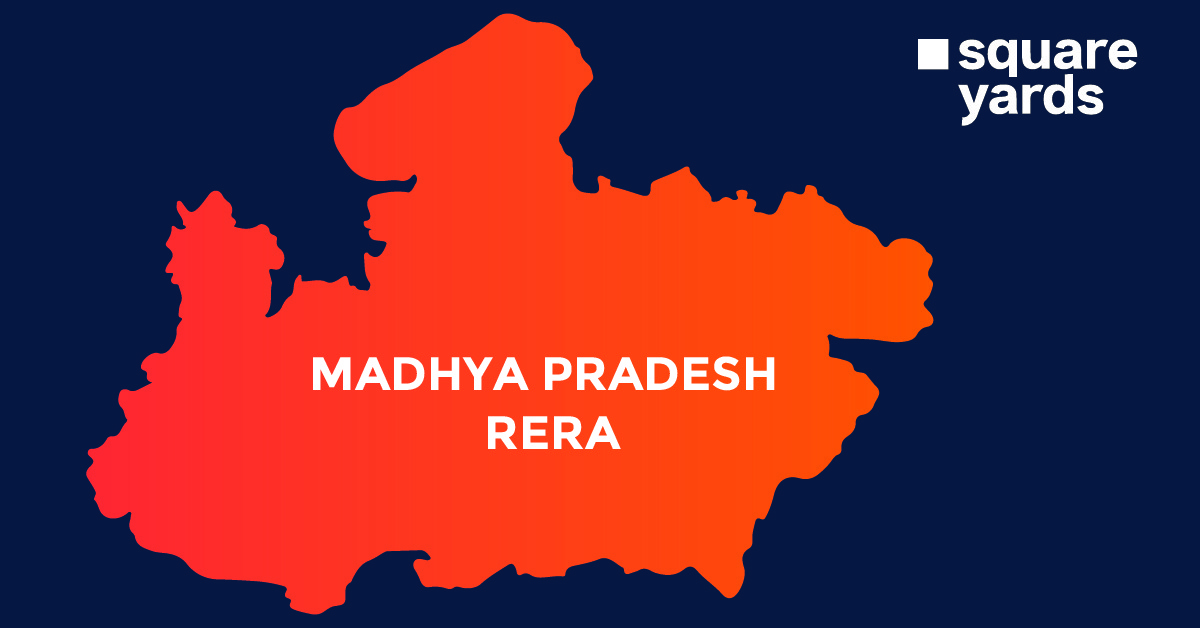During our childhood, converting Celsius to Fahrenheit seemed quite complex. Questions regarding the conversion from Celsius to Fahrenheit and vice versa would come across as daunting.
Through this blog, we will clear the difference between both the temperature measuring units Celsius and Fahrenheit. You can see the common conversions of Celsius to Fahrenheit, the conversion chart along with its relationship.
Table of contents
- What is Celsius?
- What is Fahrenheit?
- Celcius to Farenheit Conversion Formula
- Relationship between Celsius and Fahrenheit
- How to Convert Celsius to Fahrenheit?
- Common Conversions from Celsius to Fahrenheit
- Celsius to Fahrenheit Chart Of Conversion
- Difference between Celsius and Fahrenheit
- Temperature Differences between Celsius and Fahrenheit
- FAQ’s about Celsius to Fahrenheit Conversion
What is Celsius?
Known as the standard temperature measurement unit, Celsius is derived from Kelvin (the original SI). It is crucial to learn that Kelvin and Celsius have a close relatability as both units represent the same unit.
History of Celsius
The Celcius scale was based on the fact that the freezing point of water is 0°C and the boiling point is 100°C until 1954. But that’s not the case, as earlier the boiling point was 0°C and the melting point of snow was 100 °C. And, that’s why the Celsius temperature scale was not accepted globally. When the SI system was reintroduced it was based on the value of absolute zero.
Current Use of Celsius
The Celsius scale replaced the Fahrenheit scale system in the middle of the 20th century. However, most countries across the globe have adapted this temperature-measuring scale. The countries that haven’t adopted the new metric system still use Celsius in their scientific sector but not in everyday life.
What is Fahrenheit?
Fahrenheit temperature is a new measurement system derived by keeping the boiling point at 212 degrees and the freezing point at 32 degrees. Here, absolute zero stands for -459.67 degrees Fahrenheit. In addition to this, freezing and boiling points are set at 180 degrees, respectively.
History of Fahrenheit
The Fahrenheit temperature system was introduced by German physicist Daniel Gabriel Fahrenheit in the year 1724. His theory was based on a perfect blend of ice and salt at 30°F with a freezing point of water. However, 90°F was a normal body temperature.
Later, the temperature scale was adjusted as per the melting point of ice which is 32°F. And, our body temperature was set to 96°F. However, these values are selected for the simplification of the markings on the measuring instruments.
But later, when both melting and boiling points were fixed as reference points. Due to this, the scale was modified to 180 degrees which separates them from both reference points. This means the normal temperature of the body is set at 98°F and not 96°F.
Current Use of Fahrenheit
The Fahrenheit temperature scale was used mainly in English countries till the 1960s. Most countries use the Celsius temperature scale and not the Fahrenheit scale. Therefore, many changes were made during the shift of the metric system. However, the original metric system is still in use in countries like the Bahamas, the USA, Cayman Islands, Belize, and others.
Celcius to Farenheit Conversion Formula
The formula to convert Celsius to Fahrenheit is easy. You have to understand the basic denominations.
F = (9/5 × °C) + 32
Here, F means Fahrenheit and C means Celsius.
Relationship between Celsius and Fahrenheit
The relationship between Celsius and Fahrenheit seems a bit complex but it’s not. However, the value of both the temperature scales is directly proportional to each other. It simply means:
Whenever the Celsius scale temperature increases, the Fahrenheit scale temperature also increases. Whenever the temperature on a Celcius scale goes down, the same thing will happen to the Fahrenheit scale temperature will do the same.
However, these temperature scales have different formulas for their own measurement. Also, Celsius is derived with a 0°C freezing point and 100°C as the boiling point.
How to Convert Celsius to Fahrenheit?
Now, you know the Celcius to Fahrenheit conversion formula. This will make the conversion process from Celcius to Farenheit easy. All you have to do is follow the given below steps:
- Multiply the value of Celsius with 9/5.
- Now, add 32.
- Then, divide the number by 5.
Common Conversions from Celsius to Fahrenheit
Here are some most searched and common Celcius to Farenheit Conversion.
| Temperature in Celsius °C | Temperature in Fahrenheit °F |
| 35 | 35 Celsius to Fahrenheit is 95 |
| 35.5 | 35.5 Celsius to Fahrenheit is 95.9 |
| 35.6 | 35.6 Celsius to Fahrenheit is 96.08 |
| 35.7 | 35.7 Celsius to Fahrenheit is 96.26 |
| 35.8 | 35.8 Celsius to Fahrenheit is 96.44 |
| 35.9 | 35.9 Celsius to Fahrenheit is 96.62 |
| 36 | 36 Celsius to Fahrenheit is 96.8 |
| 36.1 | 36.1 Celsius to Fahrenheit is 96.98 |
| 36.2 | 36.2 Celsius to Fahrenheit is 97.16 |
| 36.3 | 36.3 Celsius to Fahrenheit is 97.34 |
| 36.4 | 36.4 Celsius to Fahrenheit is 97.52 |
| 36.5 | 36.5 Celsius to Fahrenheit is 97.7 |
| 36.6 | 36.6 Celsius to Fahrenheit is 97.88 |
| 36.7 | 36.7 Celsius to Fahrenheit is 98.06 |
| 36.8 | 36.8 Celsius to Fahrenheit is 98.24 |
| 36.9 | 36.9 Celsius to Fahrenheit is 98.42 |
| 37 | 37 Celsius to Fahrenheit is 98.6 |
| 37.1 | 37.1 Celsius to Fahrenheit is 98.78 |
| 37.2 | 37.2 Celsius to Fahrenheit is 98.96 |
| 37.3 | 37.3 Celsius to Fahrenheit is 99.14 |
| 37.4 | 37.4 Celsius to Fahrenheit is 99.32 |
| 37.5 | 37.5 Celsius to Fahrenheit is 99.5 |
| 37.6 | 37.6 Celsius to Fahrenheit is 99.68 |
| 37.7 | 37.7 Celsius to Fahrenheit is 99.86 |
| 37.8 | 37.8 Celsius to Fahrenheit is 100.04 |
| 37.9 | 37.9 Celsius to Fahrenheit is 100.22 |
| 38 | 38 Celsius to Fahrenheit is 100.4 |
| 38.1 | 38.1 Celsius to Fahrenheit is 100.58 |
| 38.2 | 38.2 Celsius to Fahrenheit is 100.76 |
| 38.3 | 38.3 Celsius to Fahrenheit is 100.94 |
| 38.4 | 38.4 Celsius to Fahrenheit is 101.12 |
| 38.5 | 38.5 Celsius to Fahrenheit is 101.3 |
| 38.6 | 38.6 Celsius to Fahrenheit is 101.48 |
| 38.7 | 38.7 Celsius to Fahrenheit is 101.66 |
| 38.8 | 38.8 Celsius to Fahrenheit is 101.84 |
| 38.9 | 38.9 Celsius to Fahrenheit is 102.02 |
| 39 | 39 Celsius to Fahrenheit is 102.2 |
| 39.1 | 39.1 Celsius to Fahrenheit is 102.38 |
| 39.2 | 39.2 Celsius to Fahrenheit is 102.56 |
| 39.3 | 39.3 Celsius to Fahrenheit is 102.74 |
| 39.5 | 39.5 Celsius to Fahrenheit is 103.1 |
| 40 | 40 Celsius to Fahrenheit is 104 |
Don’t miss It!
| Kelvin to Celsius | Kelvin to Celsius Conversion: Conversion Table, Examples |
| Mg to Kg | How to Convert Mg to Kg: Formula & Examples |
| Cubic Meter to Liter | How to Convert Cubic Meter to Liter: Formula & Examples |
| Decimal to Sq Feet | How to Convert Decimal to Square Feet: Formula & Examples |
| Millimeter to Inch | How to Convert Millimeter to Inch: Formula & Examples |
| Milligrams to Grams | How to Convert Milligramsto Grams: Formula & Examples |
| Liter to Gallon | How to Convert Liter to Gallon: Formula & Examples |
| Sq CM to Sq M | How to Convert Sq CM to Sq M: Formula & Examples |
Celsius to Fahrenheit Chart Of Conversion
You can see the conversion chart of Celsius to Fahrenheit. You can convert C to F easily with the help of this table.
| Temperature in Celsius °C | Temperature in Fahrenheit °F |
| 0 °C | 32.0 °F |
| 1 °C | 33.8 °F |
| 2 °C | 35.6 °F |
| 3 °C | 37.4 °F |
| 4 °C | 39.2 °F |
| 5 °C | 41.0 °F |
| 6 °C | 42.8 °F |
| 7 °C | 44.6 °F |
| 8 °C | 46.4 °F |
| 9 °C | 48.2 °F |
| 10 °C | 50.0 °F |
| 11 °C | 51.8 °F |
| 12 °C | 53.6 °F |
| 13 °C | 55.4 °F |
| 14 °C | 57.2 °F |
| 15 °C | 59.0 °F |
| 16 °C | 60.8 °F |
| 17 °C | 62.6 °F |
| 18 °C | 64.4 °F |
| 19 °C | 66.2 °F |
| 20 °C | 68.0 °F |
| 21 °C | 69.8 °F |
| 22 °C | 71.6 °F |
| 23 °C | 73.4 °F |
| 24 °C | 75.2 °F |
| 25 °C | 77.0 °F |
| 26 °C | 78.8 °F |
| 27 °C | 80.6 °F |
| 28 °C | 82.4 °F |
| 29 °C | 84.2 °F |
| 30 °C | 86.0 °F |
| 40 °C | 104 °F |
| 50°C | 122 °F |
| 60°C | 140 °F |
| 70°C | 158 °F |
| 80°C | 176 °F |
| 90°C | 194 °F |
| 100°C | 212 °F |
Difference between Celsius and Fahrenheit
Easily understand the Celsius to Fahrenheit differences on the basis of different parameters.
| Basis Parameters | Celsius Scale | Fahrenheit Scale |
| Meaning | The Celsius scale is also known as the centigrade scale. This temperature scale is established on the basis of the boiling point of water at 100°C and freezing point at 0°C. | It is a temperature scale that is dependent on the boiling point of water at 212°F and the freezing point at 32°F. |
| Symbolic Representation | The Celsius scale is represented as Degree C (°C). | Fahrenheit is represented as Degree F (°F). |
| Introduced by or Named after | Celsius is named after the famous astronomer ‘Andres Celsius’. | Fahrenheit is named after the popular physicist ‘Daniel Gabriel Fahrenheit’. |
| Freezing point of water | The melting point and the freezing point of water on the Celsius scale is 0°C. This is the lower point of this temperature scale. | The freezing point or the melting point of ice on the Fahrenheit temperature scale is 32°F. It is the lower fixed point of this temperature scale. |
| Boiling point of water | The boiling point of water is 100°C on the Celsius scale. This temperature is fixed as the upper point on the Celsius scale. | The boiling point of water is 212°F on the Fahrenheit scale. This is the fixed upper point of this scale. |
| Average human body temperature | 37°C is the average human body temperature as per the Celsius scale. | On a Fahrenheit scale, the average human body temperature is 98.6°F. |
| Absolute zero value | the absolute zero value is set at -273.15°C on the Celsius scale. | The Fahrenheit scale absolute zero value is -459.67°F. |
| Divisions | The boiling or melting point of water is divided into 100 equal parts on the Celsius scale. Each division represents 1°C. | The boiling and melting point of water is divided into 180 equal intervals on the Fahrenheit scale. And, every division denotes 1°F. |
| Uses | It is widely used almost everywhere on the globe. | It is used mostly in the United States. |
| C to F Formula forConversion | °F = (9/5 × °C) + 32 | °C = (°F – 32) × 5/9 |
Temperature Differences between Celsius and Fahrenheit
Celcius to Farenheit have different values for different temperatures.You can understand the following from the table.
| Description | °C | °F |
| Temperature at which Celsius and Fahrenheit are equal. Extremely cold day. | -40 | -40 |
| Average cold winter day | −18 | 0 |
| Freezing point of water | 0 | 32 |
| Cool day | 10 | 50 |
| Room temperature | 21 | 70 |
| Hot Day | 30 | 86 |
| Body temperature | 37 | 98.6 |
| Bathing water temperature | 40 | 104 |
| Boiling point of water | 100 | 212 |
| Baking temperature | 180 | 356 |
FAQ’s about Celsius to Fahrenheit Conversion
Q1. How do you convert C to F easily?
You can easily convert C to F using the formula.
Fahrenheit to Celsius
((°F-32)x(5/9))=°C
Celsius to Fahrenheit
(°C x (9/5))+32=°F
Q2. Convert 0 degrees Celsius to Fahrenheit?
To convert 0 degrees Celsius to Fahrenheit, you have to use the following formula:
C = 5/9 x (F-32)
Here C= 0
0 = 5/9 x (F-32)
0 = 5/9 F – 5/9 x 32
0 = (5F – 160)/9
0 = 5F -160
5F = 160
F = 160/5
F = 32
Q3. What is 32 degrees Celsius equal to Fahrenheit?
32 degrees Celsius is equivalent to 89.6 F.
Q4. Convert 1-degree Celsius to Fahrenheit?
To convert 1-degree Celsius to Fahrenheit, apply the following formula.
C = 5/9 x (F-32)
Here C= 1
1 = 5/9 x (F-32)
1 = 5/9 F – 5/9 x 32
1 = (5F – 160)/9
9 = 5F -160
5F = 169
F = 169/5
F = 33.8
Q5. What is the Celsius formula?
The Celsius formula is C = 5/9 x (F-32).
































